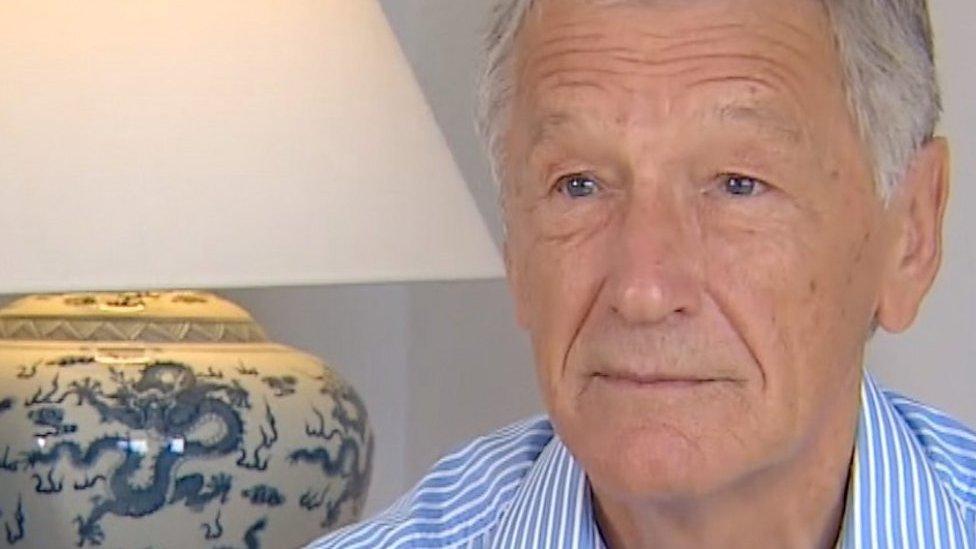'Magic of live TV can't be matched' - Look East at 60
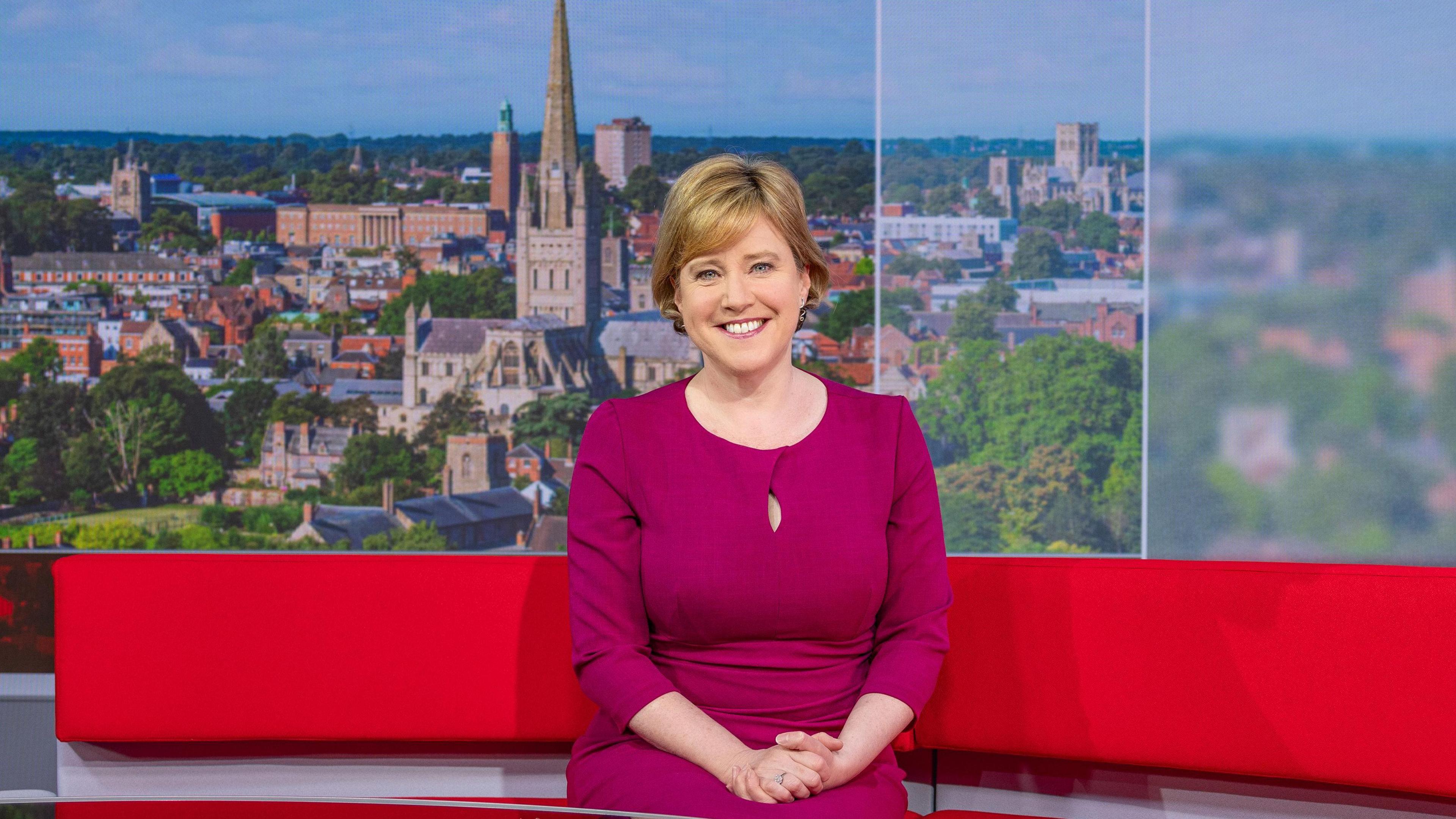
Susie Fowler-Watt has been with Look East for nearly 30 years, and began presenting the programme in 1997
- Published
It was an inauspicious start.
The first Look East was due to broadcast on 28 September 1964, but transmission notes show it never made it to air, "owing to breakdown".
It was officially born the following day, with newsreader Geoffrey Harvey leading on a story about a protest march against factory farming methods.
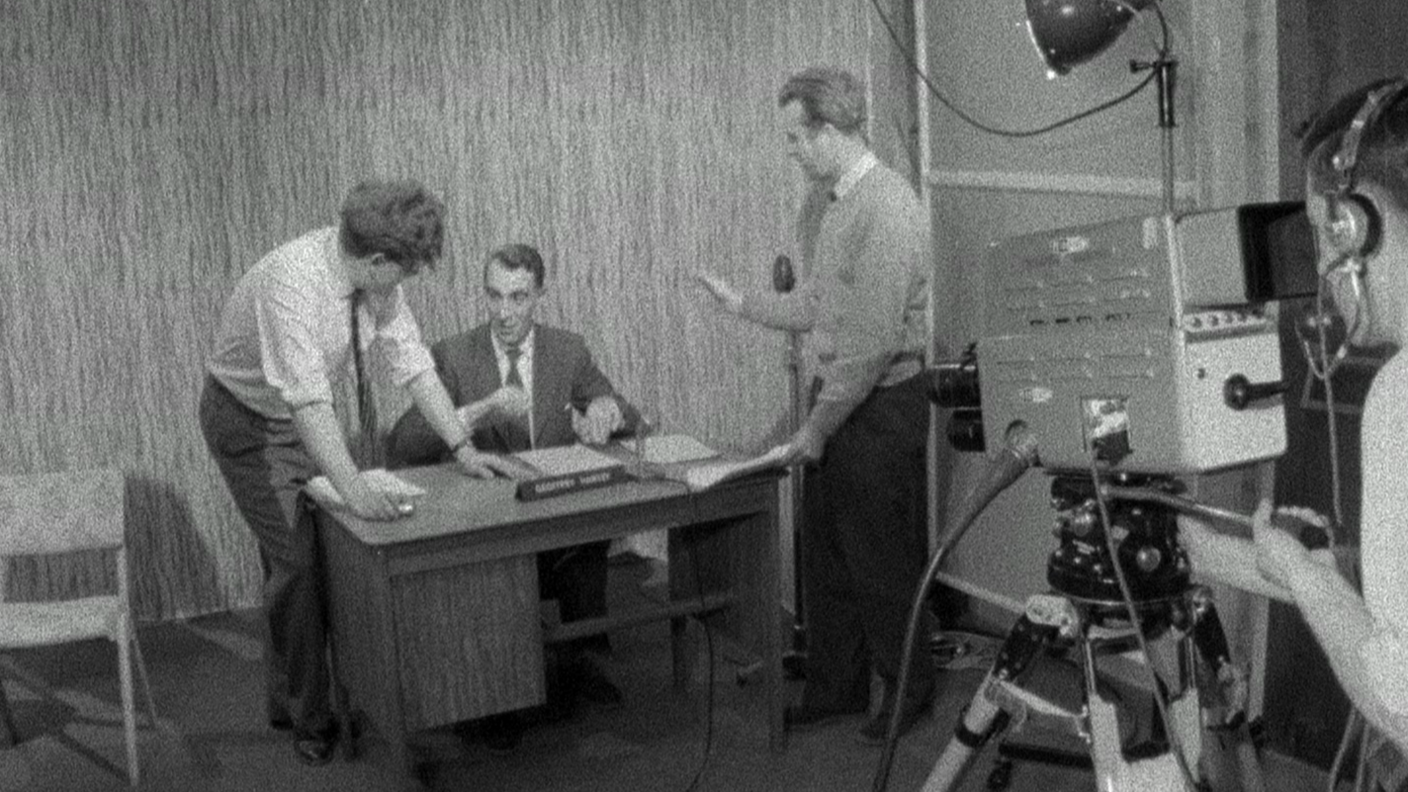
Newsreader Geoffrey Harvey presented the very first edition of Look East
There was a famous name in that first running order. Martin Bell, who went on to become a celebrated BBC foreign correspondent and then MP, was one of the reporters.
He remembers Look East being beset by technical problems in those early days.
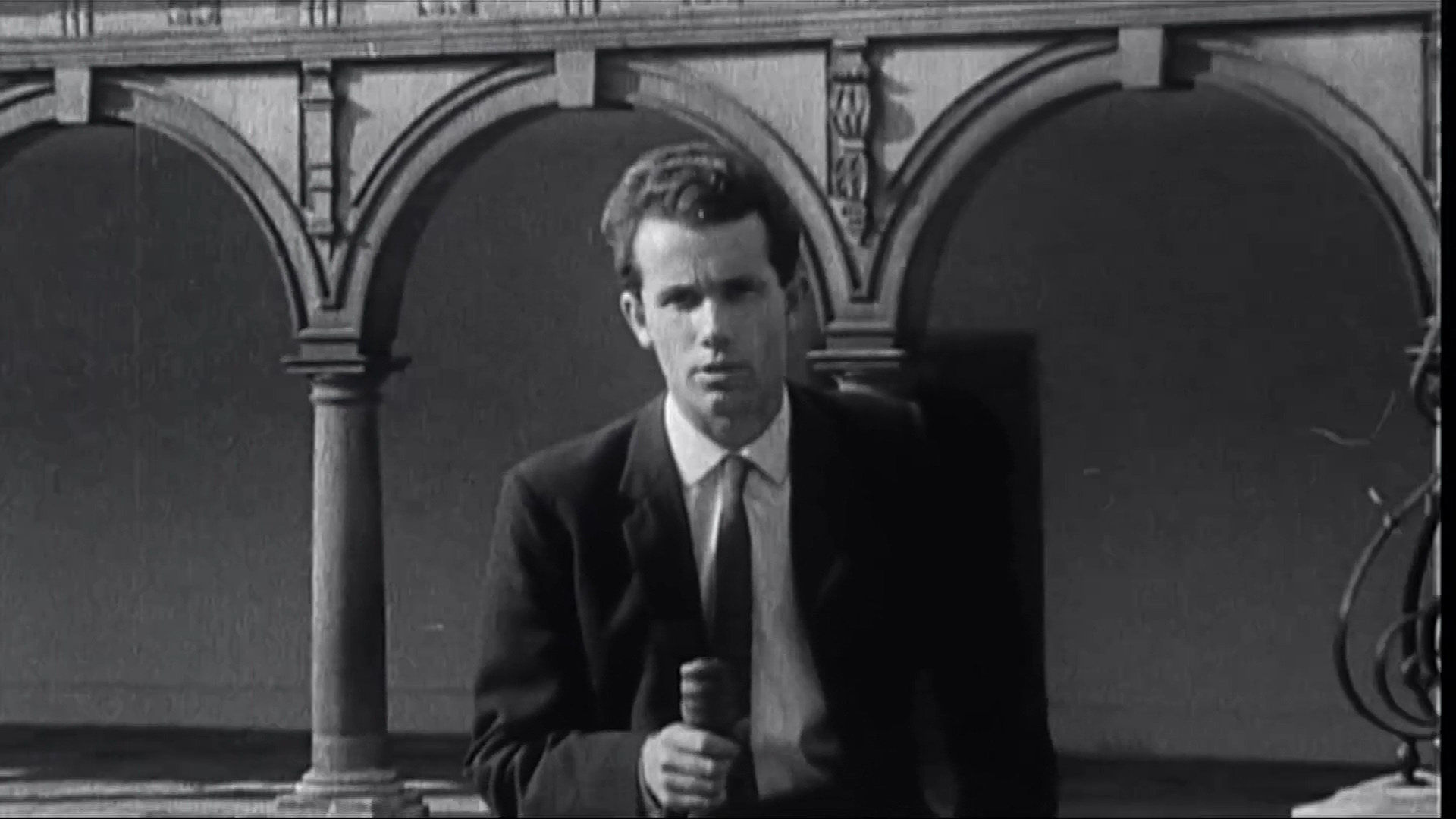
Martin Bell, pictured in 1964, was left in "a very ill humour" during an early edition of the programme
"Tonight’s programme was a right chapter of accidents," reads an entry in his diary.
"My own piece – a by-election report which I made far too much of a meal of – was first of all beset by the absence of a camera to introduce it into.
"Then telecine was run at the wrong time. Then I wasn’t given a cue. Left in a very ill humour."
I think some of today's reporters might have similar gripes about our very modern equipment!
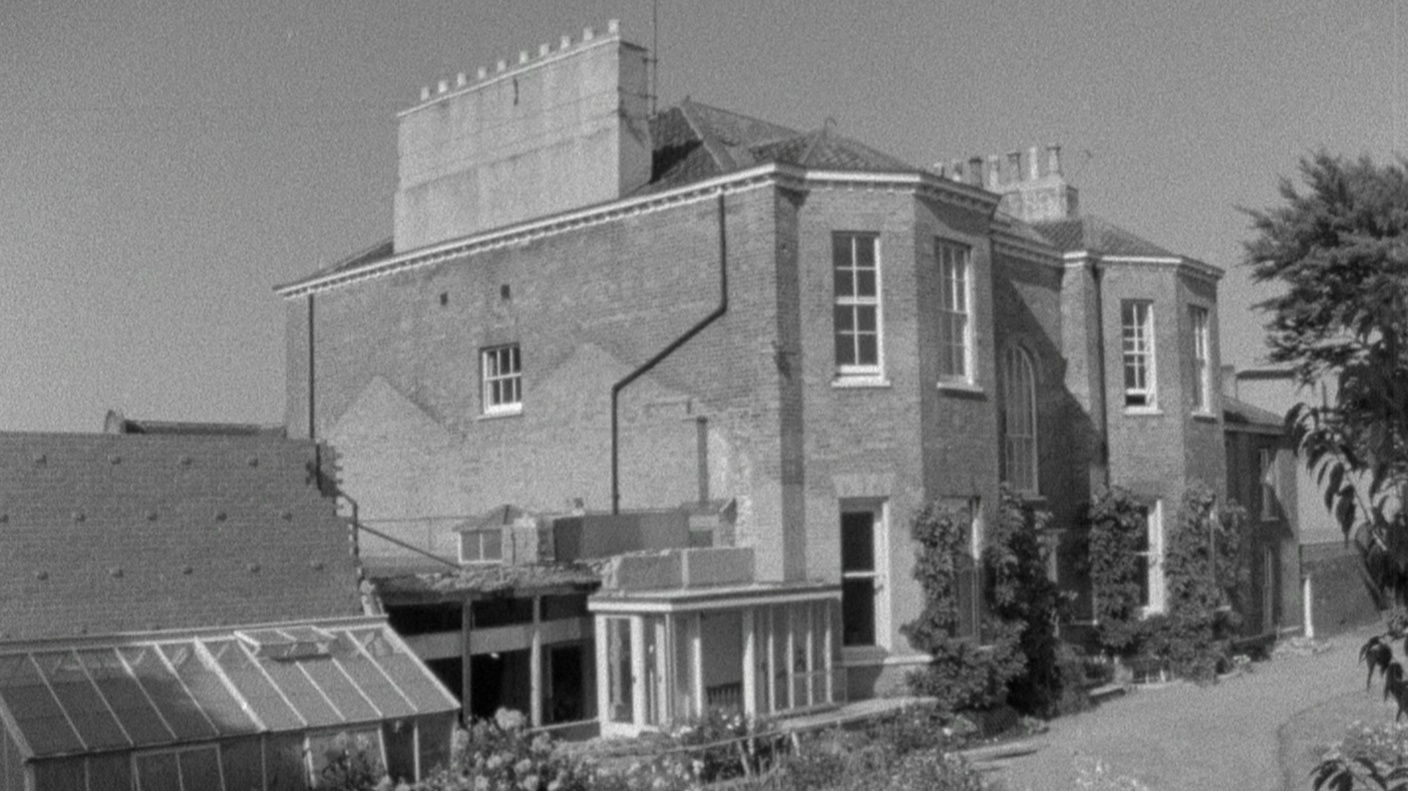
Look East was based at St Catherine's House in Norwich
The Look East team was based at St Catherine’s House, formerly a grand private home in All Saints Green, Norwich.
"Walking into that glorious building was a great experience – the chandelier and the beautiful staircase," recalled former weatherman, Graham Parker, who died two years ago, aged 90.
"The whole feeling of the building and staff was friendliness and teamwork."
Reporters were paid a standard fee of four guineas (£4.20) for a film of up to four minutes duration.
I have great admiration for the newsreaders, who didn't get autocue until 1975 and tried to memorise their scripts.
We moved to our current HQ in the Forum in 2003 and, over the years, the look of the programme has changed many times, along with the technology, but the journey was not always smooth.
According to former picture editor John Lewis, when it moved from black and white to colour, the new cameras and film processing were introduced at different points, giving Look East a "piebald" colour for a while.
There were lots of different sets, most based on desks, but then someone came up with the idea of a dining table look in the early 1990s. It was impossible to get close-up shots of anyone and it didn't last long.
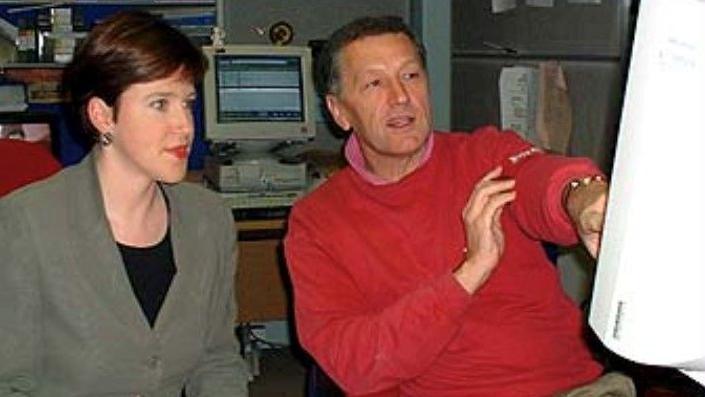
Susie presented Look East with Stewart White for 23 years
I’ve been on the Look East team for nearly half its 60 years. At first I was the region’s political correspondent, based at Westminster.
Then, in 1997, I moved to Norwich to present five days a week with Stewart White, who had already been there for 13 years.
I remember walking in the door of St Catherine's on a Monday morning in June, having never presented a live news programme before, and then debuting on air that night!
Stewart and I went on to present together five nights a week for 23 years, which I believe is the longest-running partnership in regional television.
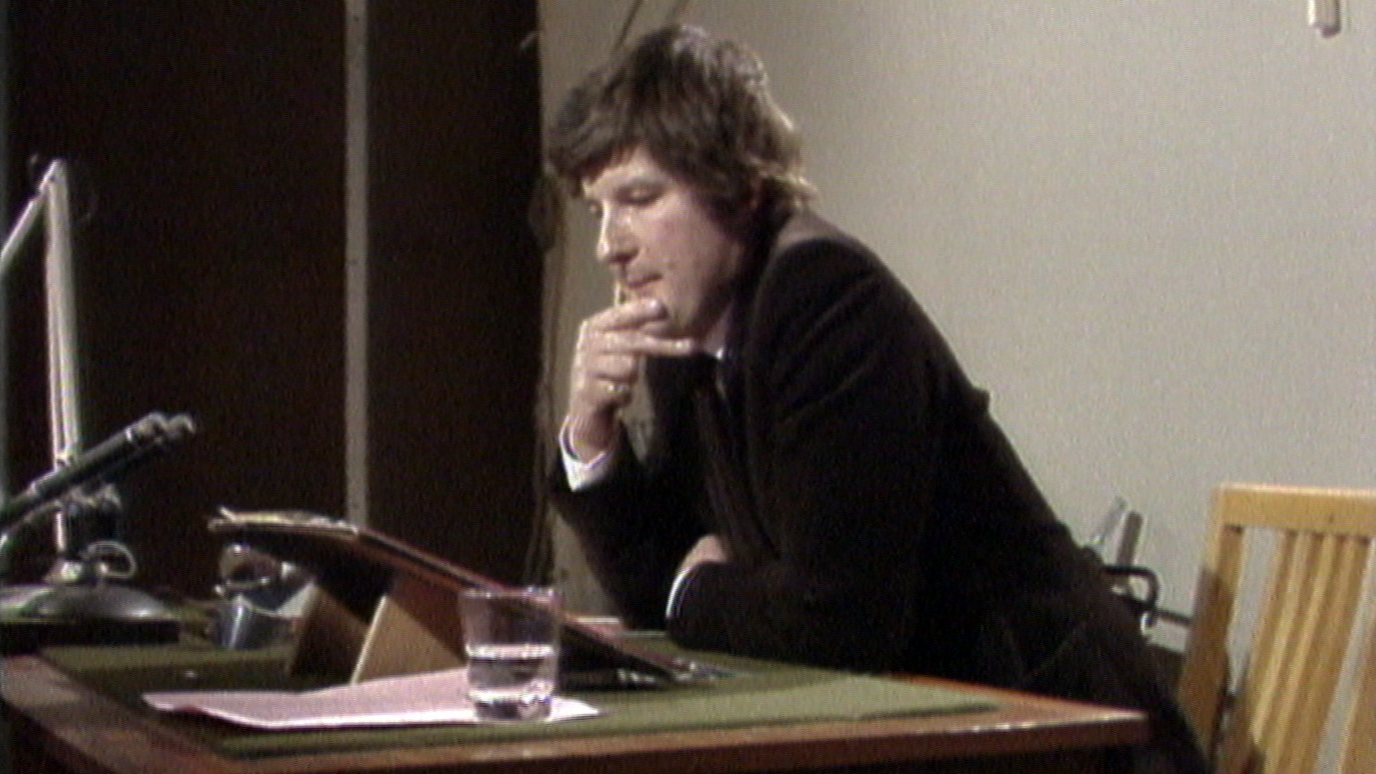
Reporter Kim Riley doing a live voiceover for Look East
Kim Riley, who became our chief reporter, arrived in 1982 and did 38 years at Look East.
In his early days, reporters would line up behind a microphone to deliver their commentary "live" as the pictures went out, with sound effects added by a technician from a disc.
"On a number of occasions there were mix-ups," recalls Kim.
"A short sequence of a gentleman sitting in his arm chair was accompanied by 'Seagulls swooping over Beachy Head'."
Even 30 years ago, everything was very different.
We were only just beginning to hear about mobile phones and the internet. When you were sent out to film, you used real maps to navigate, rather than GPS, and there was no way of telling the newsroom when you were heading back.
How did we do our research before search engines? Amazingly, we searched newspaper cuttings and looked things up in real books!
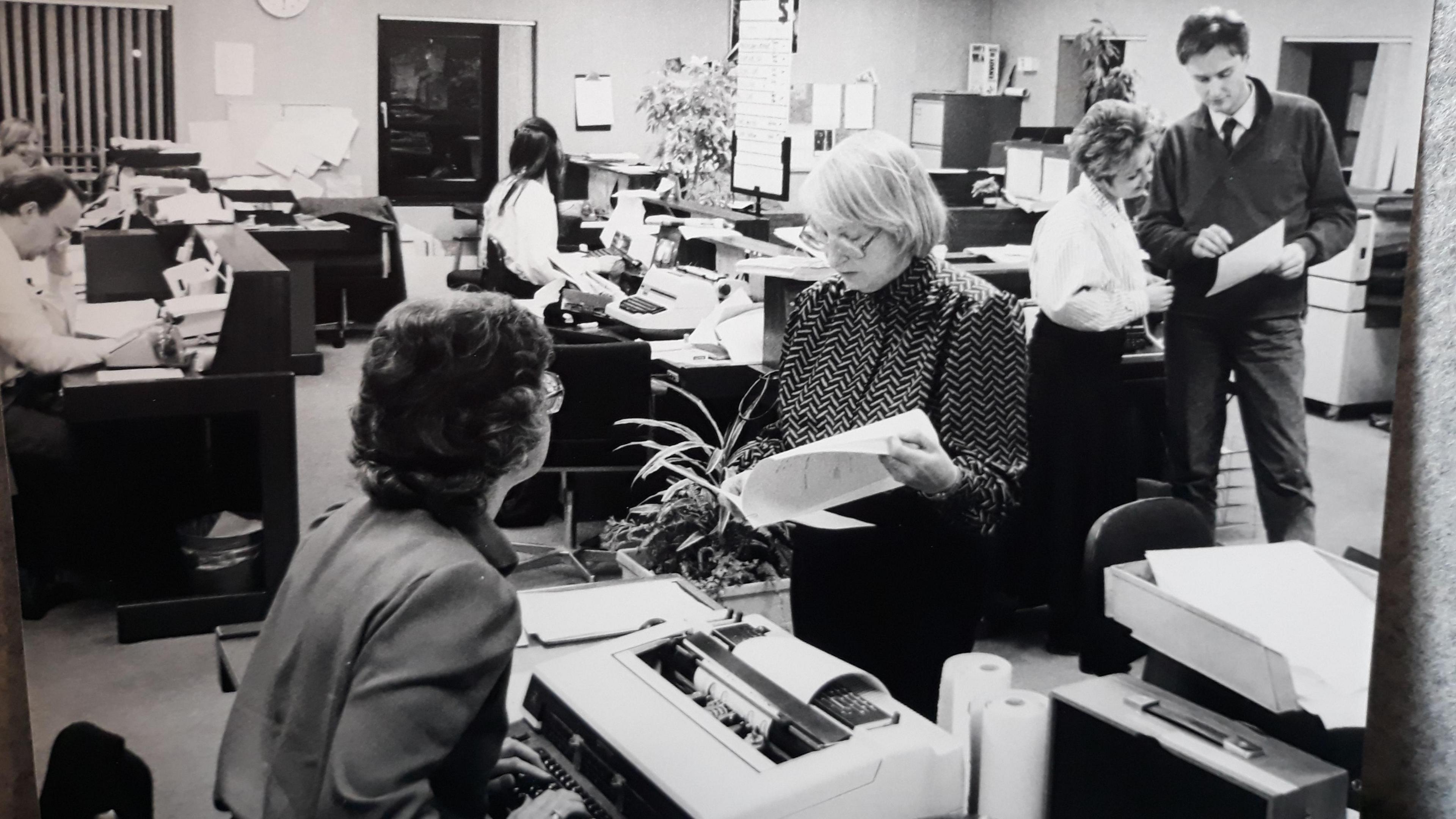
The Look East newsroom in 1987, before computers
Even when technology made life much easier, the technical issues didn’t stop. They are part and parcel of live TV.
I remember Stewart and me broadcasting our whole programme from the new Millennium Dome (now the O2) when it first opened in 2000.
The "comms" went down so we could hear nothing. We just ploughed on in the vacuum, hoping we were being transmitted.
The magic of live television cannot be matched, though. There is something very special about hearing that theme tune and knowing you’re about to speak to hundreds of thousands of people.
During both my pregnancies, the babies would start to kick furiously when the Look East opening titles played – probably because I had a surge of adrenaline!
It is a huge privilege to come into people’s homes every evening, and it’s one I never take for granted.
I remember giving a tour of the studio to a young boy once. He peered into the camera and looked puzzled. "But you can’t see my front room!" he said.
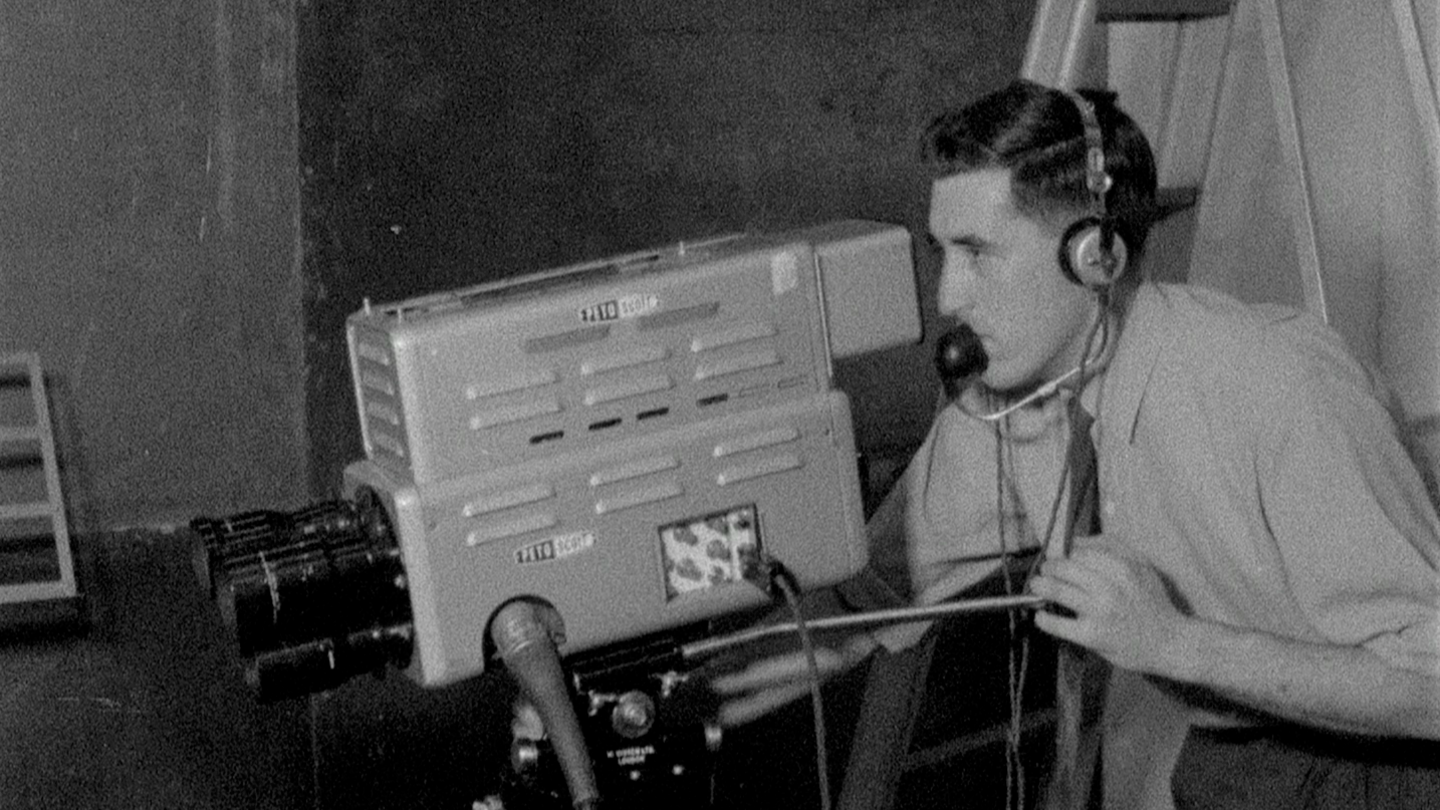
A Look East camera operator in the 1960s
One of the joys of presenting the programme for so long is that you get to follow stories – and people – over the years.
I first met Ed Sheeran when he was a teenager. I knew his mum, who sent me his first EPs when he was trying to break into the music industry.
"They’re really good!" I wrote to her. Years later I sat down to interview him for Look East when he had just played Wembley.
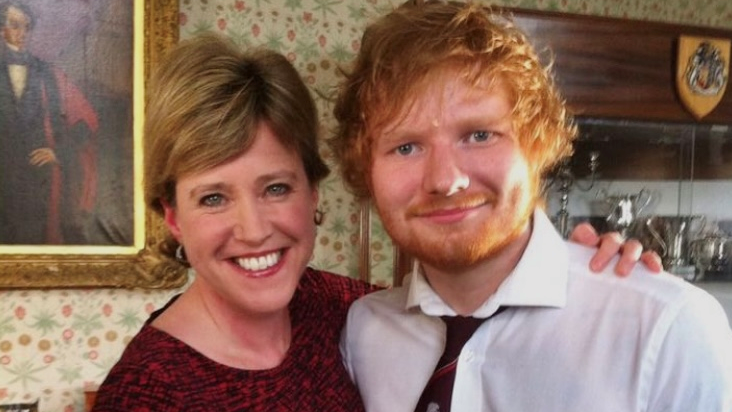
Susie had followed the career of Ed Sheeran for years and interviewed him when he had just played Wembley
Look East has been - and still is - a wonderful place to work, which I believe is the reason so many of our team have been there a long time.
There’s nothing better than working with people you count as friends. Some of us even married a newsroom colleague!
The camaraderie was especially valuable during the Covid pandemic, when our working practices had to change beyond recognition.
During that time of fear and uncertainty, our responsibility to our audience was greater than ever, as we knew people were relying on us for answers to all the questions they had.
As Kim Riley puts it: "I guess the basic aim of Look East has always been to tell people’s stories in the best way we can. And to do it with a friendly touch."
We are there to be the voice of our audience, to celebrate people’s achievements, to investigate when things have gone wrong, and to hold those in authority to account.
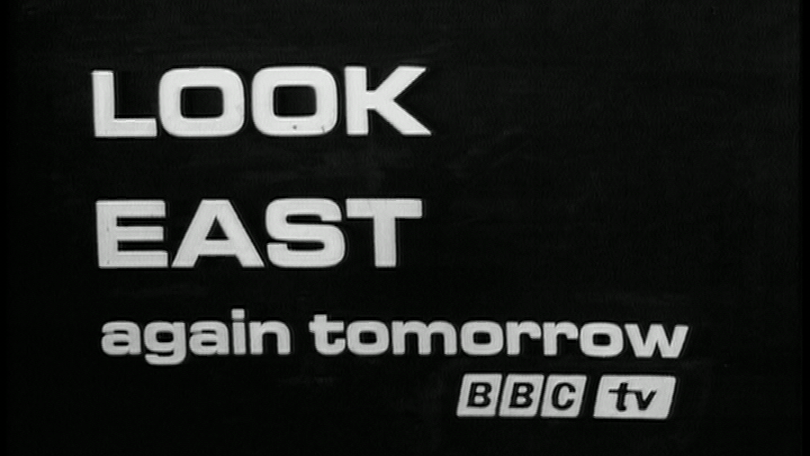
Look East is a fixture at 18:30 every evening
So, although much has changed over the decades, our mission and purpose has remained the same.
Thank you to you, our viewers, for your company at 6.30 every evening. Without you, Look East wouldn't have lasted 60 years, and wouldn't still be going strong.
Get in touch
Do you have a story suggestion for the East of England?
Follow East of England news on X, external, Instagram, external and Facebook: BBC Beds, Herts & Bucks, external, BBC Cambridgeshire, external, BBC Essex, external, BBC Norfolk, external, BBC Northamptonshire, external or BBC Suffolk, external.
Related topics
More related stories
- Published9 February 2024
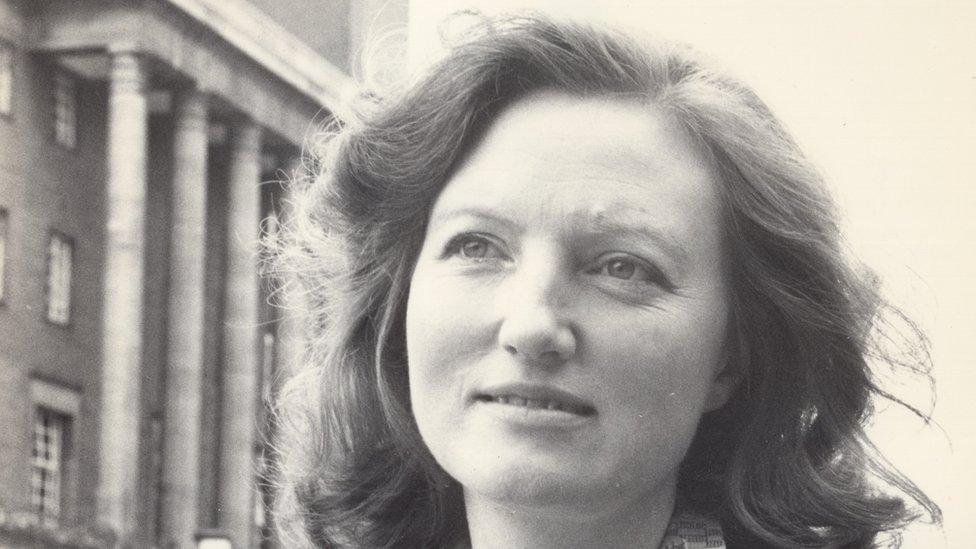
- Published10 August 2023
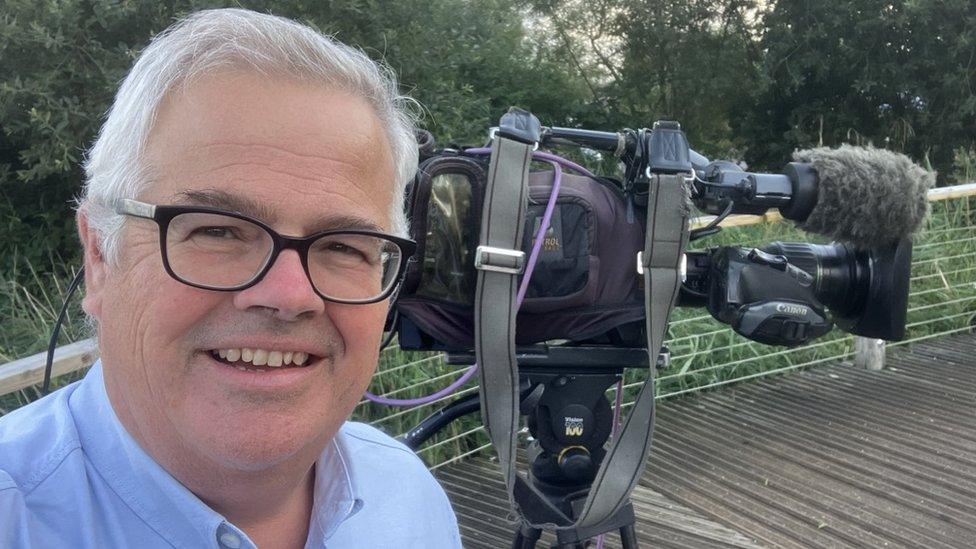
- Published1 October 2021
